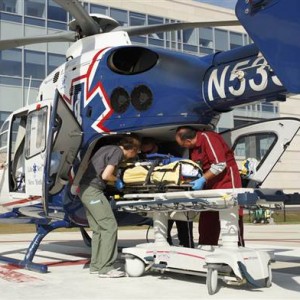AIR TRAVEL IN HEART PATIENTS
For post-STEMI and NSTEMI(after a heart attack) , those at low risk are advised that they can fly three days after the event, and those at medium risk can fly after 10 days. However, those at high risk–ejection fraction <40%, signs and symptoms of heart failure, and those awaiting further investigation, revascularization, or device therapy–are advised to “defer travel” until their condition is stable.
After uncomplicated elective PCI(angioplasty), the guidelines state that patients can fly “after two days.” Likewise, patients with pacemakers implanted are advised that they can fly after two days .Those with ICDs should not fly after the ICD has delivered a shock until the condition is considered stable.
A long-haul flight doubles the risk of DVT(deep vein thrombosis),eventhough it is similar to that incurred during car, bus, or train travel for a similar period. And the absolute risk of DVT for a fit and healthy person is one in 6000 for a flight of more than four hours.
Even those at high risk–those who have already had a DVT, recent surgery lasting more than 30 minutes, known thrombophilia, or pregnancy, and those who are obese (BMI>30 kg/m2)–can still fly, provided they consume plenty of fluids, exclude caffeine and alcohol, wear compression stockings, and take a low-molecular-weight heparin injection during the flight. Aspirin is not recommended for prevention of deep vein thrombosis.

